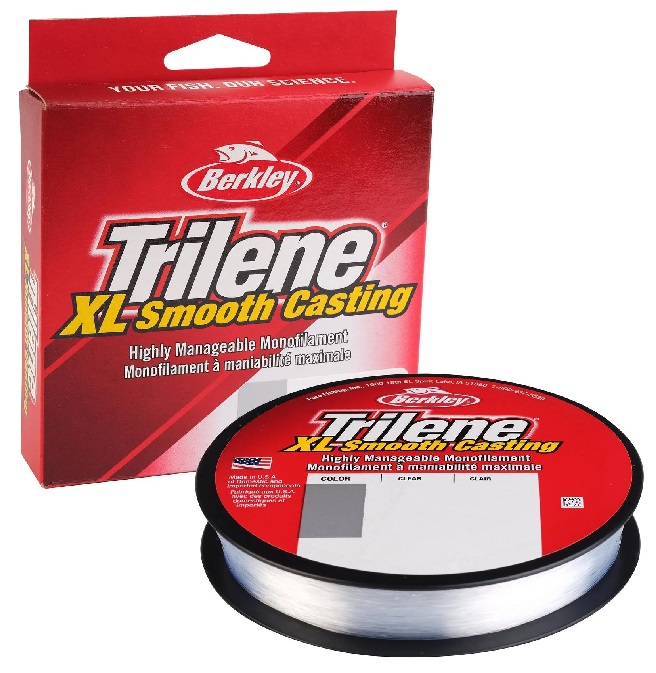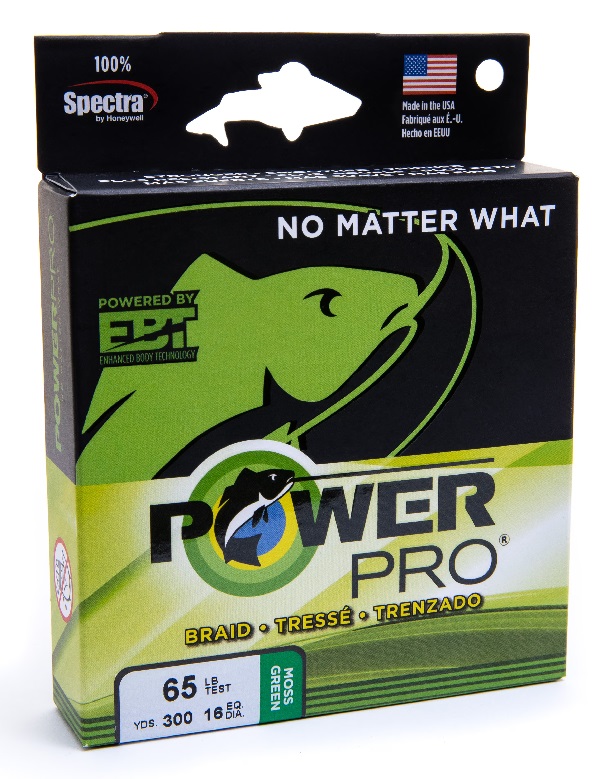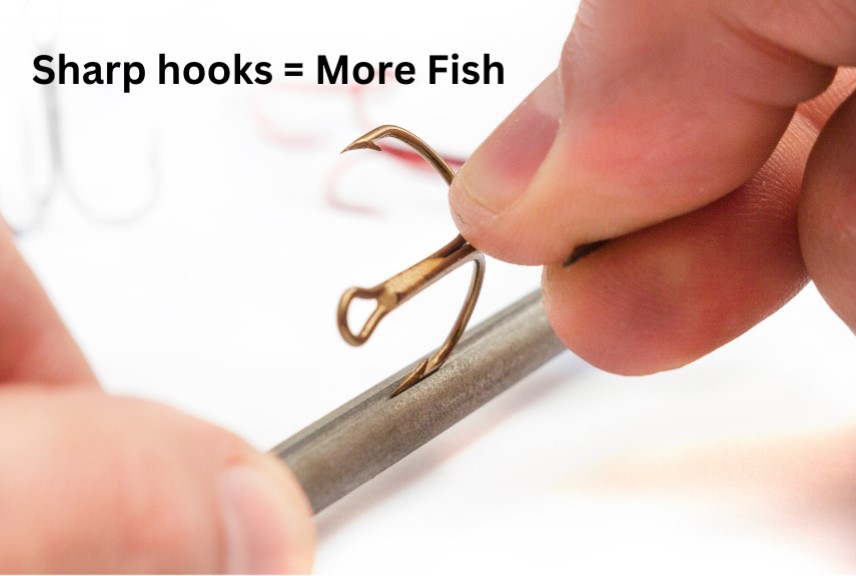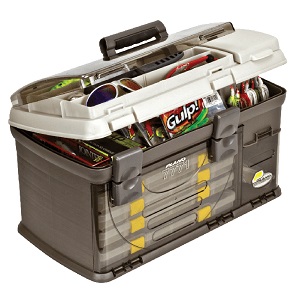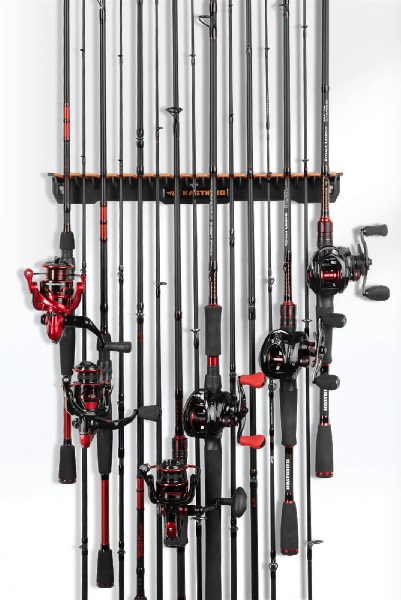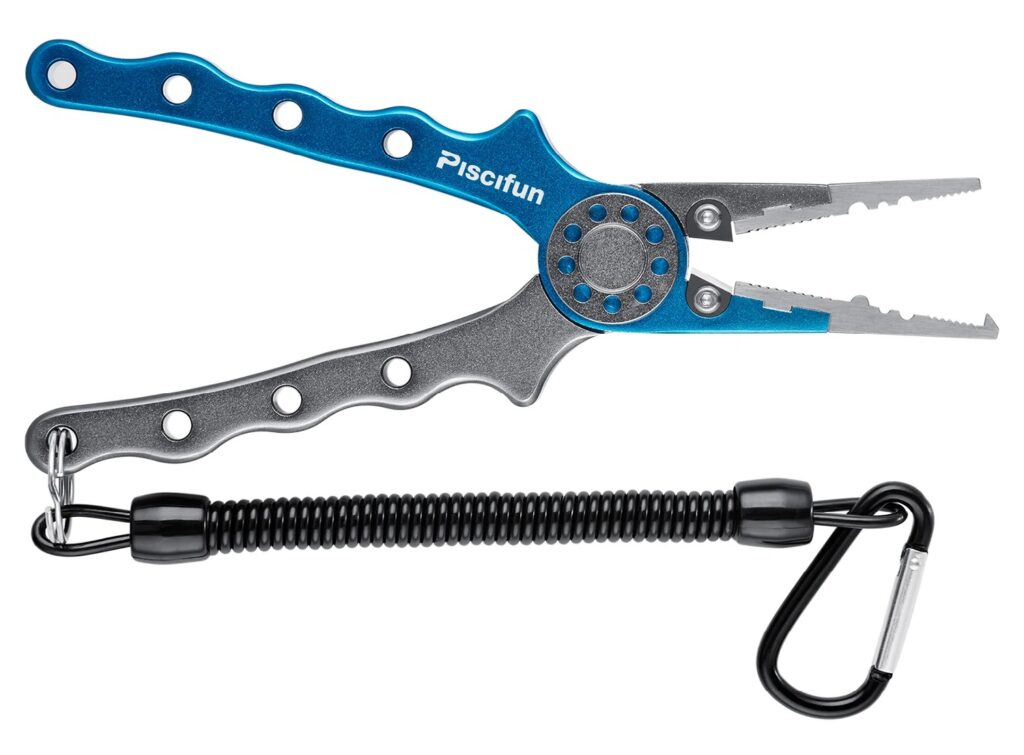Maintaining your fishing gear is essential to ensure it performs well and lasts for many years. Whether you’re an experienced angler or just starting, taking proper care of your equipment will save you money, time, and frustration. In this guide, we’ll dive into practical ways you can maintain your fishing gear, discussing everything from rods and reels to tackle boxes and lines. This includes making some suggestions for items* you may need to keep your gear in tip-top condition. Also, you will encounter fewer failures and breakages so your gear will last longer and therefore save you money.
By following these steps, you can make sure your gear is always ready to perform at its best when you head out to the water.
* You will notice that there are quite a few links throughout the blog. Yes, I am an Amazon Associate. Should you make a purchase through one of these links, I may receive a small commission at no additional cost to you. This blog is created as an informative guide. The products mentioned in the blog have been carefully selected for you by zeroing in on the best product for the best value. Thus, reducing your time searching for the right information and suggesting products that will improve your fishing experience. Thank you for your support.
1. Clean Your Fishing Rods Regularly
Your fishing rods are arguably one of the most important parts of your fishing gear, and keeping them clean is vital to ensuring they last a long time. After every fishing trip, rinse your rods with fresh water, especially if you’ve been fishing in saltwater, as salt can cause corrosion over time. Use a soft cloth or sponge to remove any residue.
Make sure to use a mild detergent, like Simple Green All-Purpose Cleaner, which you can easily find on Amazon. This detergent is non-toxic and effective for getting rid of dirt without damaging your rods. Don’t forget to rinse with clean water and dry them off completely before storing them to prevent mold or rust.
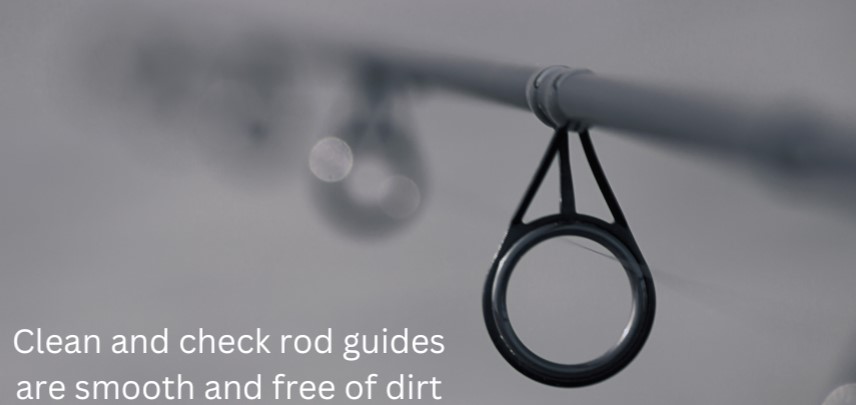
Check the rod guides—the little loops through which the line passes. Dirt and grime can accumulate in these guides, leading to wear on your fishing line. You can use a cotton swab or pipe cleaner to gently clean them out.
2. Proper Care of Fishing Reels
Your reel is one of the more complex parts of your fishing setup, and keeping it in good working order means giving it a little extra care. After every trip, especially if saltwater is involved, rinse your reel with fresh water. It’s best to use a gentle spray—direct pressure might force water into internal parts, causing damage.
After you’ve rinsed and dried the reel, consider applying a light oil, like Penn Reel Oil, which is highly rated on Amazon for keeping reel components running smoothly. Make sure to apply oil to the handle, bail, and any other moving parts. You can also use a bit of reel grease, such as Lew’s Super Duty Casting Reel Grease, for smoother action on more delicate components. Alternatively, the Clenzoil All-in-One Fishing Reel Cleaning Kit is a popular choice.
Once every few months, open the reel and clean the inside to remove any grit or sand that may have worked its way in. Be careful while disassembling, and keep track of the parts.
3. Line Maintenance is Crucial
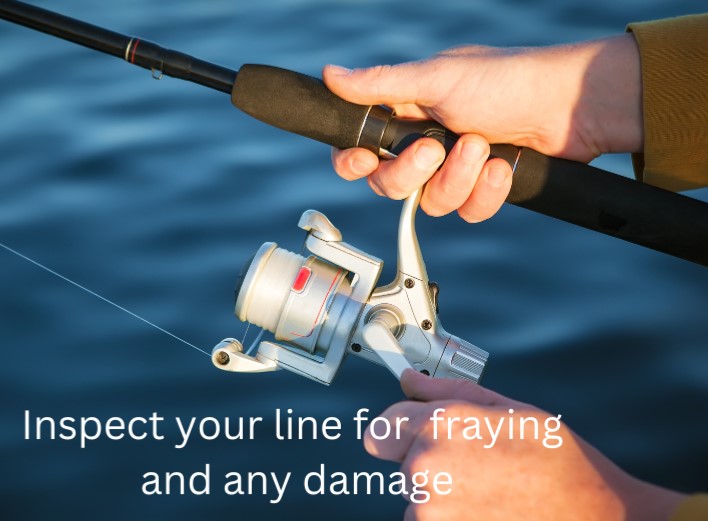
Fishing lines are subject to immense stress, and a poorly maintained line is more likely to snap when you’re in the middle reeling in the catch of a lifetime. After every trip, inspect your line closely for nicks, frays, or wear—especially if you were fishing in rocky areas or if you caught multiple fish. Pay close attention to the leader and the line which entered the water.
Monofilament lines should be replaced more frequently compared to braided or fluorocarbon lines, as they are more prone to UV damage and stretching. Spooling fresh line every few months ensures your line remains strong and resilient. Berkley Trilene XL Smooth Casting Monofilament Fishing Line is a popular choice for replacing old line.
If you’re using a braided line, like Power Pro Spectra Fiber Braided Fishing Line, it may last a little longer—but even braided line should be replaced when it shows signs of damage.
4. Keep Your Hooks Sharp
Dull hooks will make fishing far less enjoyable because you’re more likely to lose fish that don’t get hooked properly. Sharpen your hooks before each trip using a hook sharpener like the Lansky Folding Diamond Fish Hook and Knife Sharpener. This easy-to-use tool keeps your hooks in peak condition.
For the ultimate convenience, you can also replace hooks as needed. For inexpensive yet effective replacement hooks, you can’t go past the range of Mustad Hooks, which are great to have on hand. Be careful when handling these hooks. They are super sharp!
5. Storage Solutions: Keep Your Tackle Organized
Proper storage of your tackle and gear helps to extend its life and keep everything ready for use. Use a tackle box like the Plano 7771 Guide Series Tackle Box to keep everything organized. The Guide Series tackle boxes are highly rated products on Amazon, offering multiple compartments to help you organize all your lures, hooks, sinkers and just about everything else you need for your fishing adventure.
Many anglers rate Plano as the leader in fishing storage. If you are starting out, or like to cover ground when fishing rivers and beaches, a tackle bag is a good option. Carrying the bag with a shoulder strap is a better option than a back pack as it allows quick access to your tackle with one hand while holding your fishing rod with the other.
For soft plastics, consider using resealable bags to keep them from drying out or becoming brittle. Additionally, it’s a good idea to store similar items together—separating hard baits from soft plastics will keep everything in good condition for longer.
6. Lubricate Moving Parts
The moving parts on your equipment needs to be lubricated to maintain their performance. Besides the reels, you should also consider lubricating other metal components such as pliers, scissors, lip grips and hook pullers. For this, the old favorite, CorrosionX 90102 Spray is a versatile option that can protect against rust and extend the life of your gear.
Remember not to over-lubricate. Excess oil or grease can collect dust and debris, which will eventually cause the moving parts to degrade rather than improve. A light spray or thin coating is generally enough.
7. Care for Your Tackle and Lures
Taking care of your lures is as important as caring for your rod and reel. After every fishing trip, rinse off your lures with fresh water. This is especially important if you’re using metal lures or jigs, as saltwater can cause rust.
Dry your lures thoroughly before storing them in your tackle box. It’s also helpful to keep some anti-rust tackle box inserts, like the ones from Flambeau, to prevent rust build-up.
Also, examine each lure for damage and replace any missing hooks, feathers, or skirts. Don’t forget to sharpen your hooks. Ensuring that your lures are in good condition will increase your chances of successful catches.
One other item. Don’t forget about your fishing knives. Make sure you keep these clean and sharp.
8. Protect from Extreme Conditions
Avoid storing your fishing gear in extreme temperatures or direct sunlight. Excessive heat can weaken lines and damage rods. Keep your gear in a cool, dry place—preferably indoors. A Rod Storage Rack is a great way to store rods vertically, avoiding any bends or warping that can occur when leaning them against a wall for too long.
9. Use Rod Covers and Reel Cases
Transporting your gear is when it’s most vulnerable to damage. Investing in some protective covers for your rods and reels is well worth it. Reaction Tackle Fishing Rod Socks are affordable and help protect your rods from scratches and tangles. You can also use Booms Fishing RC2 Reel Protective Case to keep your reels safe from dust, scratches, and any accidental damage during transport.
10. Off-Season Maintenance
If you’re planning to store your gear for an extended period, make sure everything is clean and completely dry before putting it away. It’s also a good idea to store reels separately from rods.
Wipe down all your gear with a dampened cloth. Metal parts can be wiped down with CorrosionX 90102 Spray. This will ensure that all surfaces are protected from rust while they’re being stored and also when used. It is a must have for many fisherman.
Don’t forget to check your stocks of line, weights, hooks, rigs and the rest of your tackle so you have all your fishing equipment ready for your next fishing odyssey.
11. Check Your Gear Before Every Trip
Before heading out, always give your gear a quick inspection. Look over your line for damage, check your reels for smooth operation, and make sure all hooks are sharp. A few minutes of checking can save you from the frustration of failed gear in the middle of a great catch.
12. Replace Worn or Damaged Gear
No matter how well you maintain your equipment, eventually, some items will need replacing. Keep an eye on frequently used items like fishing lines, hooks, swivels, and lures. It’s always better to replace gear when it starts showing signs of wear rather than waiting for it to fail when you’re out by the water.
Products like the Piscifun Fishing Pliers is a great tool that helps with changing hooks, rigging, cutting line, and making minor fixes. Having a good set of tools on hand allows you to make quick replacements and repairs.
Conclusion
Taking the time to maintain your fishing gear might seem like a tedious task, but it’s well worth the effort. By properly caring for your rods, reels, lines, lures, and other equipment, you’re setting yourself up for success and ensuring that your gear will be reliable when you need it most. With regular maintenance, you’ll experience fewer gear failures, more successful fishing trips, and overall, a more enjoyable time on the water.
So the next time you’re done with a fishing adventure, take a few moments to give your gear the attention it deserves. With some simple cleaning and storage strategies, your gear will thank you, and those trophy fish won’t stand a chance!
You may also be interested in:
Best Fishing Spots Around The World
How to Choose the Right Bait for Fishing
Best Fishing Rods for Beginners
